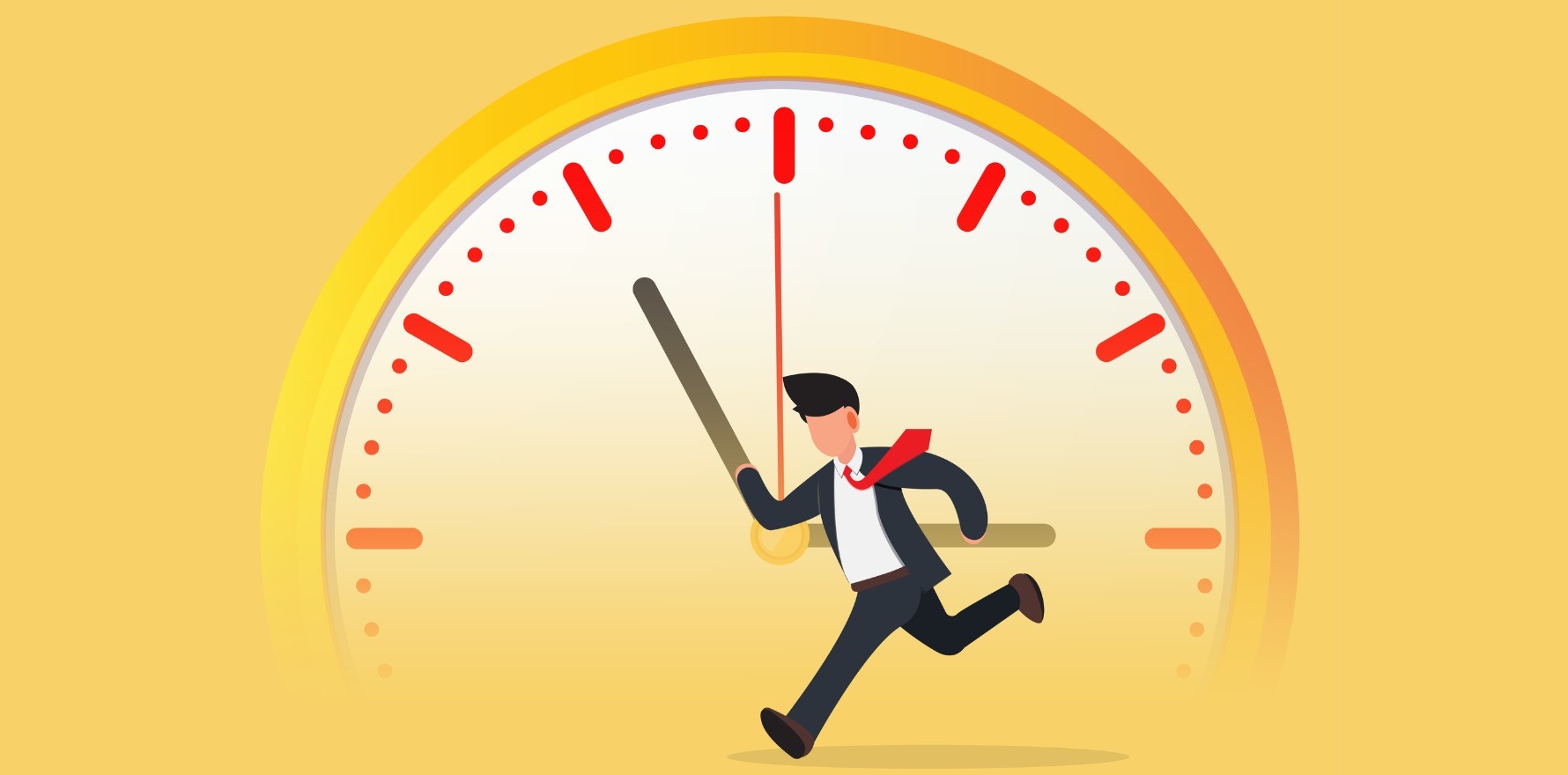Updated guidance from the British Medical Association recommends that GPs cap the number of patients per day at 25 for practitioner and patient safety.
British GPs are being recommended to increase their average consult length to 15 minutes in an effort to stymie burnout, but no such guidelines exist for Australia.
According to the new safe working guidelines developed by the British Medical Association’s GPs committee, NHS GPs should be able to ensure that patients receive safe care – even if that means patients with non-urgent issues wait longer for an appointment.
The average length of a GP consult in the UK has long been just shy of 10 minutes.
“By extending appointments to an average of 15 minutes, practices can reduce the need for repeated contacts with patients while still preserving quality of care and patient satisfaction,” the new guidance said.
“It can also support continuity of care, which is increasingly recognised as one of the key contributors to better patient outcomes and experiences.”
The BMA acknowledged that extending appointment lengths would mean fewer overall appointments each day, but encouraged practices to move off the “never-ending hamster wheel” of trying to keep up with demand.
Neither the AMA nor the RACGP have a similar safe working guideline for Australian GPs.
One of the key differences between the UK and Australia is that GPs in the NHS are salaried; their income won’t decrease if they see fewer patients per day.
The way the MBS is structured also means that GPs in Australia are incentivised to keep their consults short in order to maximise the patient rebate.
“Not enough GPs means that fewer GPs end up … trying to keep up with demand, [which] can increase the risk of harm and suboptimal care through decision fatigue,” the BMA said.
“It also risks GPs becoming unwell and burned out, leading to them being lost to the profession altogether.”
Related
The association also recommended that GPs cap the total number of patients they see each day at 25 and move away from using telehealth to try and squeeze in more appointments.
“Remote access can encourage a working culture that means GPs work longer hours, for example, by logging in on evenings and weekends,” it said.
“This working culture should be avoided as it is unhealthy and such expectations can also disproportionately impact women and part-time GPs.”
In Australia, the most commonly claimed GP item is a Level B, which is meant to cover consults between six and 20 minutes in length.





